**Europe is Set to Embark on a Challenging Mission to Land its First Rover on the Moon.** The endeavor highlights Europe’s determination in the increasingly competitive realm of space exploration. With space agencies around the world racing to claim stakes on the lunar surface, Europe is stepping up its game to ensure its presence is firmly marked on the Moon.
The European Space Agency (ESA) has been working on its lunar ambitions for quite some time, focusing on developing cutting-edge technology that will enable the landing and operation of a rover on the Moon’s challenging terrain. Unlike Mars, where European rovers have been previously deployed, the Moon presents a unique set of challenges, including dealing with extreme temperatures, dust storms, and the need for precise landing capabilities.
Landing a rover on the Moon is a mission that requires meticulous planning and robust technology. The lunar surface is less forgiving than it might seem, posing various obstacles that require state-of-the-art solutions. For starters, the Moon’s gravitational pull, though weaker than Earth’s, necessitates landing craft that can touch down safely without damaging its instruments or structure. ESA engineers are tasked with designing landers that can absorb the impact of landing while ensuring the rover can commence operations immediately.
Moreover, the communication delay, though shorter than when dealing with Mars, still presents a challenge. Real-time operations are impossible, necessitating autonomous systems that can make critical decisions independently. This requires sophisticated AI and machine learning algorithms built into the rover, allowing it to navigate the harsh and unpredictable lunar environment safely.
Power supply is another crucial factor. The rover needs a reliable energy source to sustain its operations. Solar power is abundant but requires panels that can endure the intense radiation and temperature fluctuations of the lunar day-night cycle. Crucially, engineers are working on robust power systems to withstand the harsh conditions and ensure continuous operation during the rover’s mission.
The ESA is coordinating with various international partners to bolster its Lunar initiative, including NASA, which has experience in landing rovers both on the Moon and Mars. This collaboration extends to sharing technology, knowledge, and even components vital to the mission’s success.
The drive to place a European rover on the Moon isn’t just about research and discovery—it’s also a statement of political and economic intent. Space has become the next frontier in national prestige and influence, with several nations keen to establish a presence beyond Earth. By investing in lunar exploration, Europe is asserting its role as a serious player in global space efforts, ensuring it can compete with other nations in accessing and utilizing space resources.
Additionally, the knowledge and technology developed through this mission have broader implications for industries back on Earth. Innovations in science and engineering from space programs often lead to breakthroughs in other fields, spurring economic growth and enhancing technological capabilities across various sectors.
The mission also has implications for future space endeavors, such as the possibility of a permanent European outpost on the Moon. This could serve as a base for scientific research, deep space exploration, and even mining operations, given the Moon’s potential resources, such as Helium-3, a potential energy source.
Europe’s ambitious plans to land a rover on the Moon epitomize its larger goals in space exploration—broadening scientific understanding while demonstrating technological prowess. The mission aims not only to gather vital data about the Moon itself but also to develop technologies that could be used in future missions to Mars and beyond.
As Europe sets its sights on this challenging but promising venture, the successful landing of its rover will mark a significant milestone in its space exploration history. This endeavor will contribute significantly to the global understanding of our celestial neighbor and stretch the boundaries of what is technologically achievable.
In conclusion, Europe’s quest to land its first rover on the Moon is a testament to its perseverance and commitment to leading the way in scientific discovery and technological advancement. As the countdown to launch continues, the world watches as Europe prepares to make history, propelling humanity further into the cosmic expanse.
Big Tech News
Europe

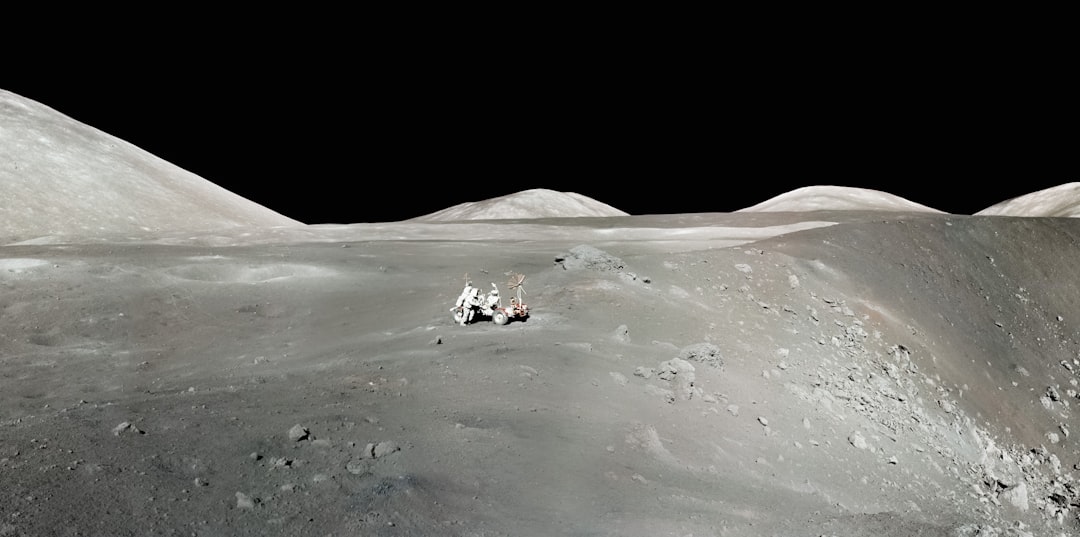

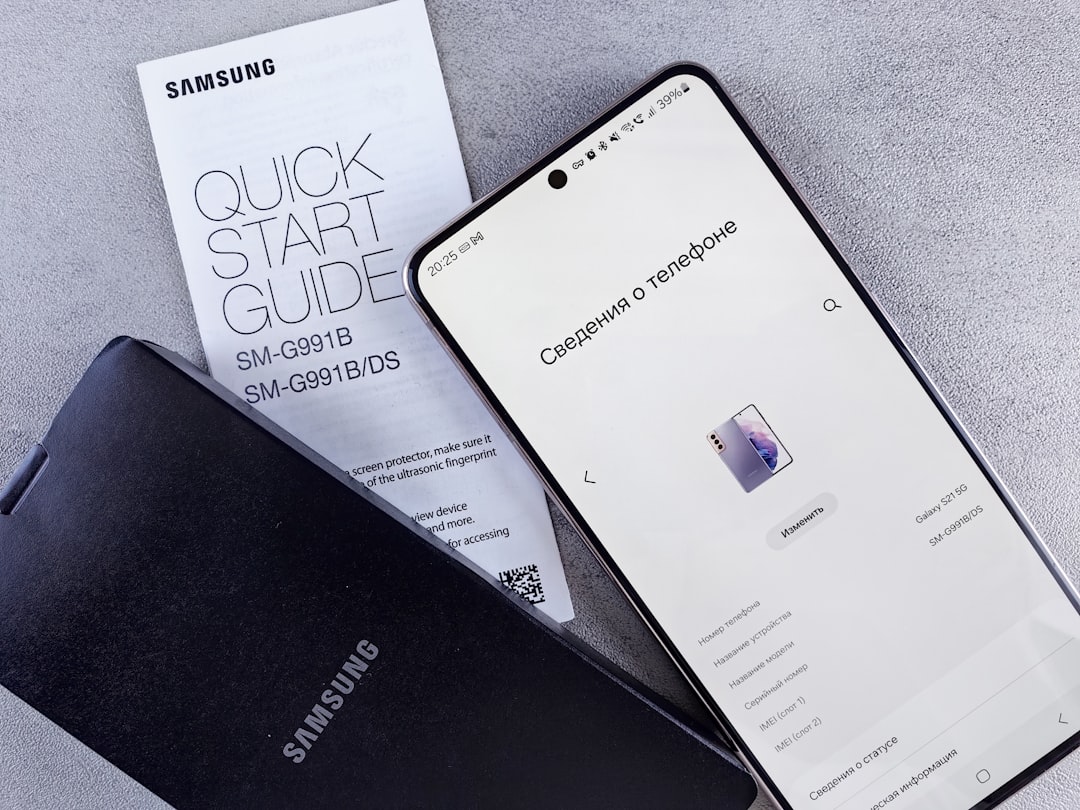
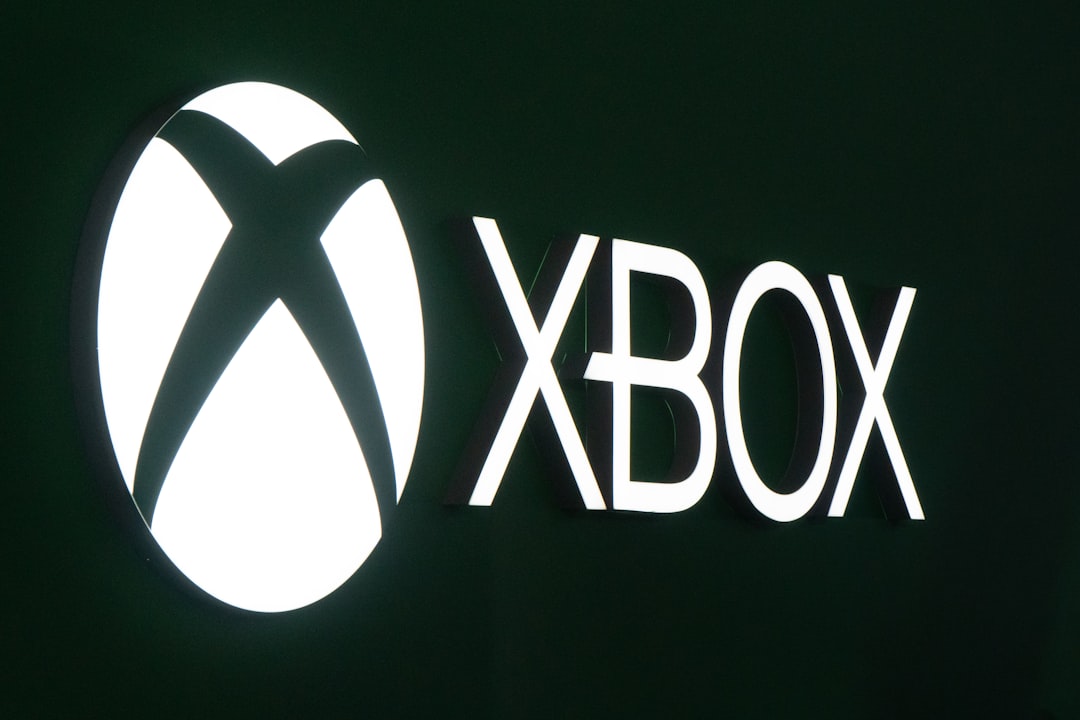
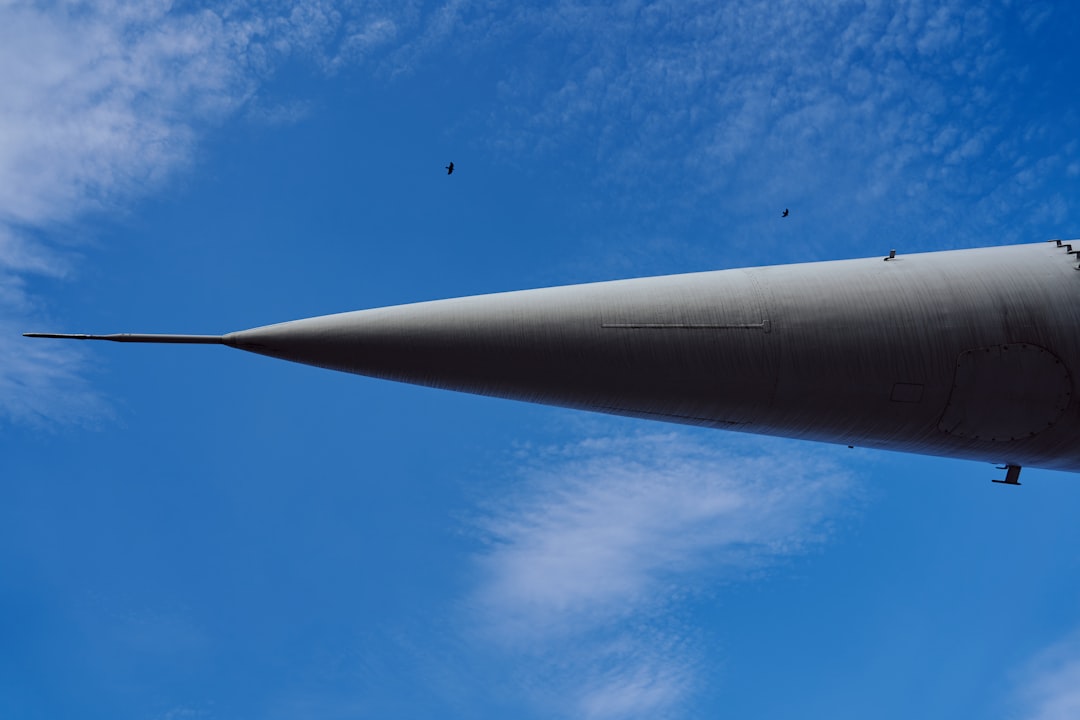
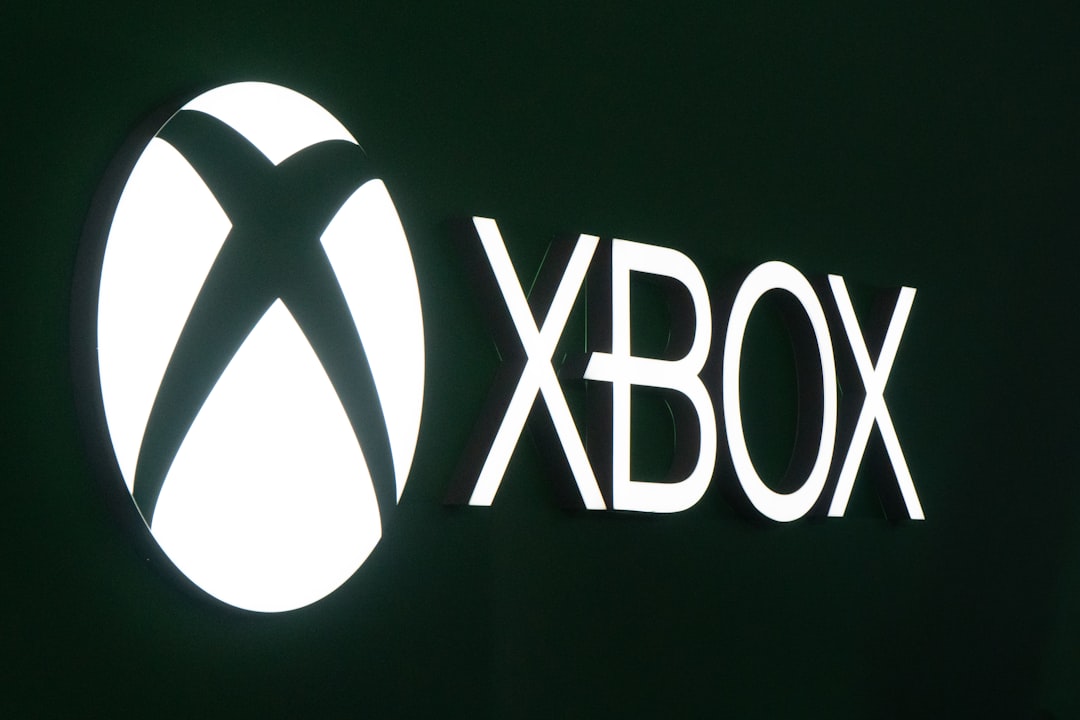


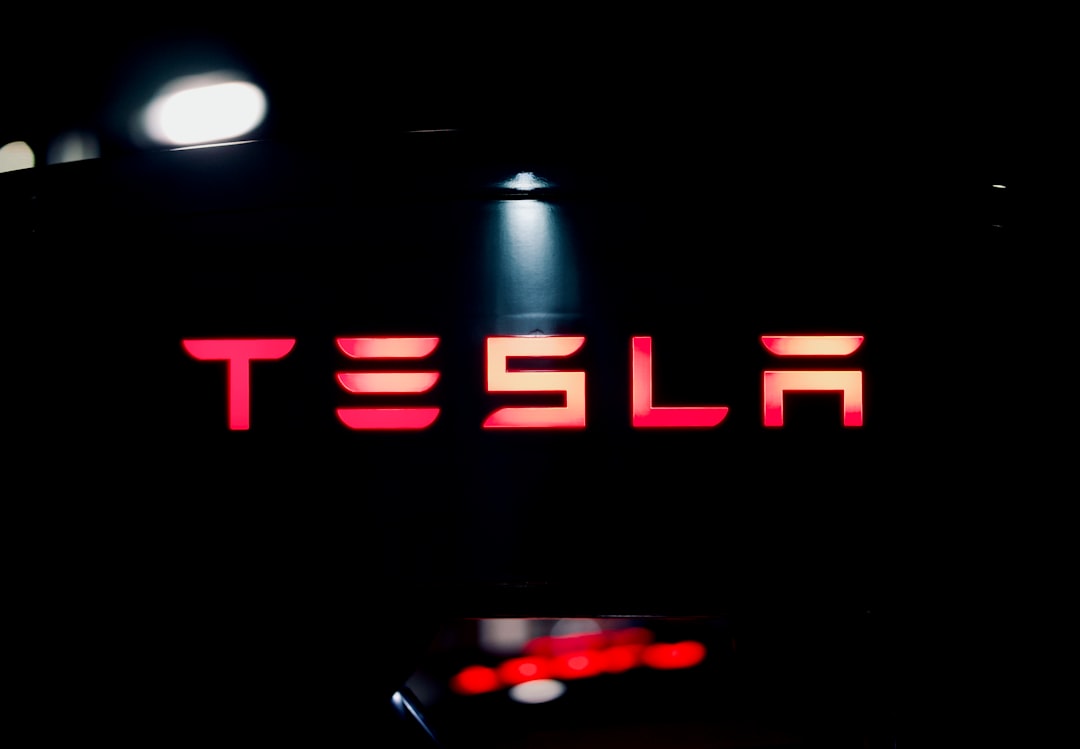
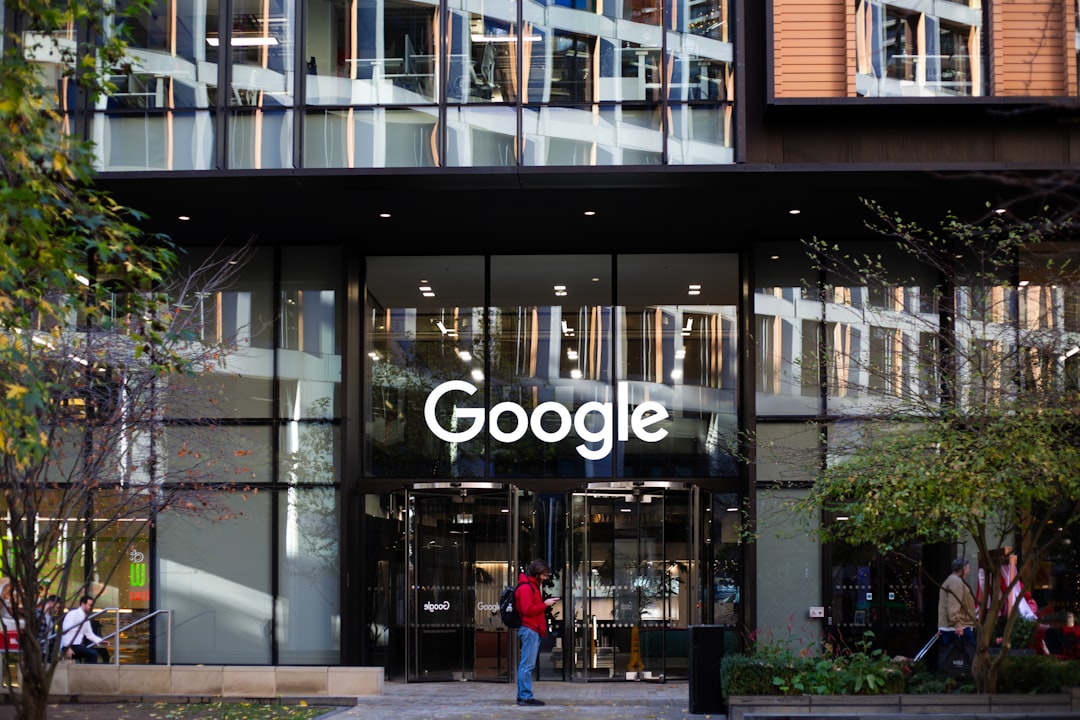



Leave a Reply